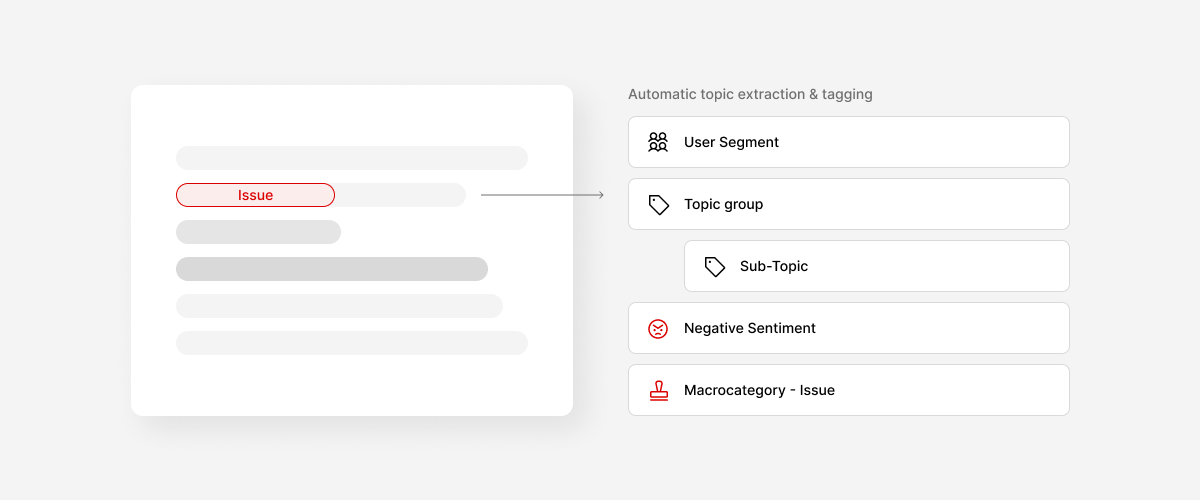Crafting a Winning Product Strategy: Your Guide to Product Success
Product Strategy: The Roadmap to Success
Ever wondered what separates successful products from the rest? Having a well-defined product strategy is the key ingredient, acting as your roadmap to navigate the product journey and achieve lasting success.
What is a Product Strategy?
Think of it as the compass guiding your product's direction. It outlines where you're going, how you'll get there, and ultimately, why your product will thrive. It's distinct from other plans like roadmaps, project plans, or company visions. It's not a specific goal like a revenue target, but rather an ever-evolving roadmap that adapts to new information, fostering creativity and flexibility along the way.
The Pillars of a Strong Product Strategy:
- Product Vision: This defines your product's purpose and paints a picture of the future for your users once they experience your offering.
- Insights: Data-driven insights fuel informed decision-making throughout the strategy.
- Challenges: Anticipate any roadblocks, whether technical, legal, or market-based, that might hinder your product development.
- Approach: Define the method you'll employ to execute your strategy. Will you pursue a single-pronged approach or a multi-faceted one? How will you tackle the identified challenges?
- Accountability: Establish key metrics for success and create a plan for collecting and analyzing data to measure progress.
Why Product Strategy Matters
Successful products aren't born by chance. A robust product strategy empowers you to effectively address genuine user needs while simultaneously achieving business goals. This is particularly crucial for product leaders who need a strong strategic foundation to confidently make decisions and guide their teams towards the long-term product vision.
Here's a glimpse into the benefits of having a product strategy:
- Focus: Instead of trying to be everything to everyone, you'll concentrate on developing and marketing products that cater to the specific needs of your target market.
- Resource Allocation: A product strategy empowers you to prioritize effectively, set timelines, and allocate resources efficiently.
- Competitive Advantage: By conducting thorough research, you can identify unique value propositions that set your product apart in the market.
- Alignment: Product strategy fosters alignment within the company regarding the product's goals, target audience, and key features. This alignment is essential for smooth collaboration and communication across various teams, including product development, marketing, and sales.
- Customer Satisfaction: A customer-centric product strategy ensures product development is user-focused, leading to higher customer satisfaction and retention.
Building Your Product Strategy: A Step-by-Step Guide
- Understand the Landscape: Gain a deep understanding of the market, customer needs, and business objectives.
- Identify Your Target Market: Define who your ideal customers are, what their pain points are, and what their preferences are.
- Leverage User Data: Analyze how users currently interact with your product, both positively and negatively. Pair this usage data with market data to gain a holistic view of the present and future opportunities.
- Conduct Market Research: Research the competitive landscape, market trends, and customer needs. This helps identify potential obstacles, opportunities, and gaps in the market.
- Define Your Product Vision: Craft a clear statement outlining your product's purpose, target audience, and value proposition. This statement should guide all product development and marketing efforts.
Bringing it to Life: Implementing Your Product Strategy
Now that you have your product strategy in place, it's time to translate it into action. Your product roadmap and prioritized feature list become your key resources during implementation.
- Define OKRs: Establish Objectives and Key Results to measure progress towards your goals.
- Prioritize Features: Based on customer needs, market trends, business objectives, and complexity, prioritize product features. This ensures efficient resource allocation and alignment with the target market.
- Develop a Product Roadmap: Create a roadmap outlining key milestones, features, and timelines for development, ensuring alignment with the product vision and business objectives.
- Deliver and Adapt: Execute your roadmap, gathering feedback from stakeholders and customers to continuously learn and adapt as you go.
By following these steps and embracing a product strategy, you equip yourself with the tools and knowledge to navigate the product development journey and achieve lasting success.



































